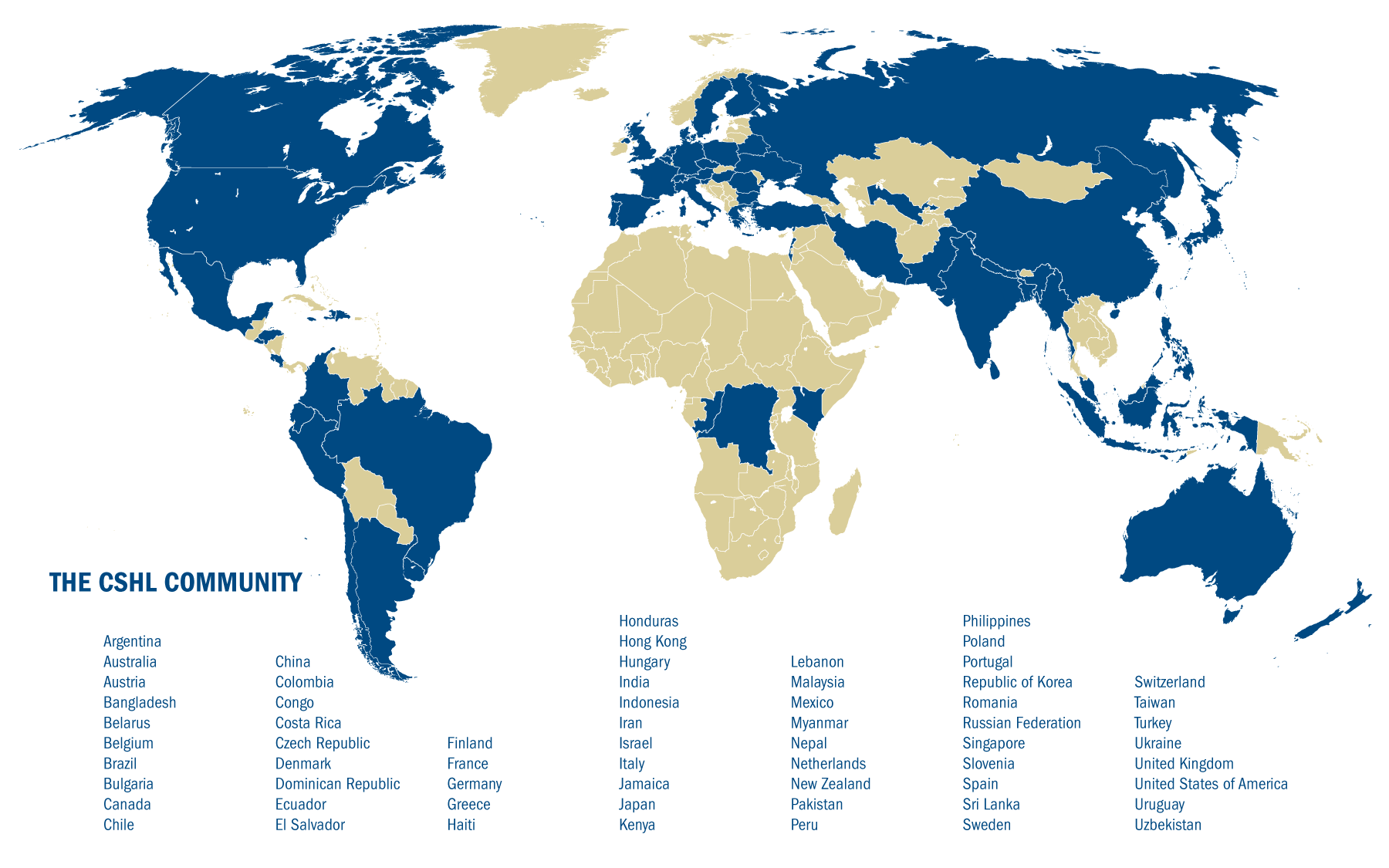Science has been one of the most important contributors to American national strength over the past century, but particularly since the Second World War. During that extraordinary crisis, outstanding national leaders recognized the untapped power of discoveries in a broad range of disciplines, from chemistry and physics to biology and engineering. In 1944, President Franklin Roosevelt commissioned a report from Vannevar Bush, then head of the Carnegie Institution for Science and director of the White House Office of Scientific Research and Development. Bush delivered in 1945 to the then new President Truman a remarkable document that saw clearly that the country’s intellectual capital could contribute powerfully to the success of the war effort and beyond. This crucial national experience provided the rationale for robust postwar federal support for basic scientific research, one of the universally acknowledged sources of modern American economic strength and competitiveness.
…progress made anywhere in the world will soon spread far and wide.
— Bruce Stillman
The United States has agencies like the National Institutes of Health and the National Science Foundation that are the envy of like agencies in other countries. But in recent years, I have noted various threats to the nation’s leadership position in the sciences and the ability of these agencies to operate effectively. These threats include: across-the-board federal austerity; Congressional failure to agree upon annual budgets, leading to appropriation of funds far too late in the budget year for sensible planning; and the retreat by industry in investing in difficult areas of R&D like drug development. Over the last year or so, new threats have emerged that are potentially more consequential than any of these. One is the complete lack of appreciation for scientific research in policy decision making by the current White House administration. Second, changes in immigration policy and the impact such changes might have upon our historic ability to attract the best and brightest young people in the world to America’s scientific enterprise, irrespective of nationality.
Attracting the best
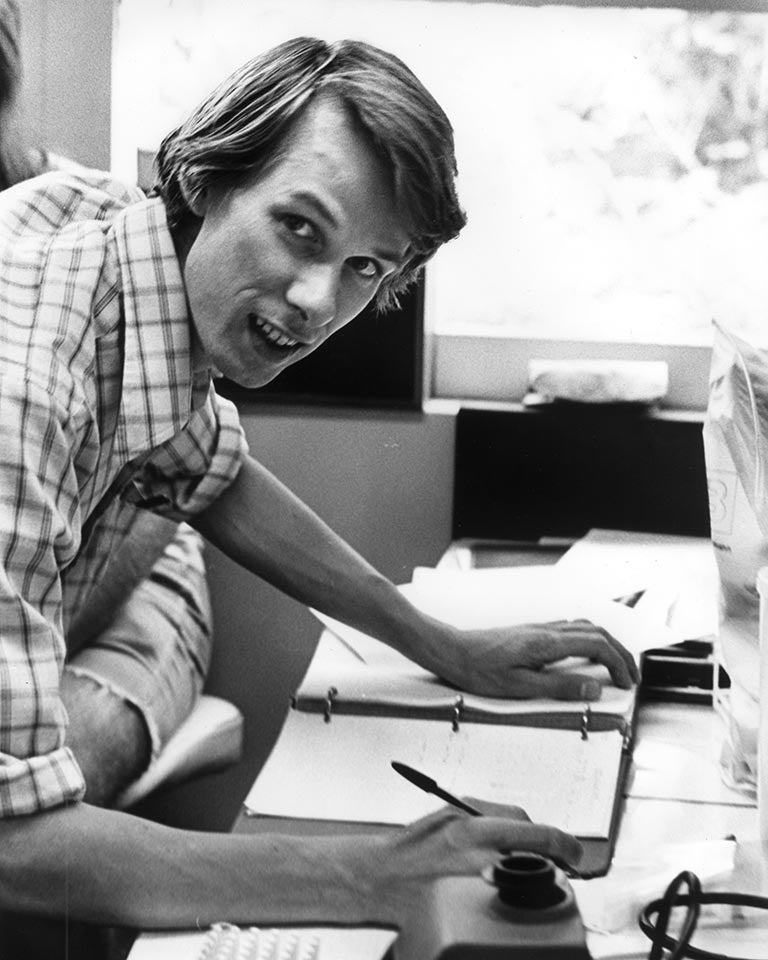
A key source of American greatness today is its long tradition of inclusiveness; the nation’s historic ethos of e pluribus unum—out of many, one. As in so many other aspects of national life, immigrants have contributed mightily to the leading position of American science. One indicator is the percentage of American Nobel Prizes in the sciences won by individuals who lived and worked in the U.S. at the time of their award but were born in other lands. Since the inception of the Prizes in 1901, 95 of America’s 289 science laureates (Chemistry, Physics, Physiology or Medicine) have been immigrants—one in three. At Cold Spring Harbor Laboratory we are proud of our association with three of these: Max Delbrück and Salvador Luria, refugees of European fascism, and Richard Roberts, who hailed from England. In 2016, all six of the American science laureates were immigrants, and in 2017, two of seven. Adil Najam, Dean of School of Global Studies at Boston University, has noted that no single nation can claim as many Nobel Prizes as the group of American immigrant laureates that these eight now join, whose number is exceeded only by the group of Nobelists born in the U.S.
We are not only “a nation of immigrants,” as the familiar phrase reminds us. In today’s world, our dynamism directly reflects our openness. America’s leadership in the sciences and its competitiveness as a nation rely on our continuing to be a place where the most talented people want to live, study and work.
The National Science Board, which annually generates “Science and Engineering Indicators” on behalf of the National Science Foundation, states clearly in its 2017 report what is at stake. “The global landscape of science and engineering research, education and business activities has undergone dramatic shifts since the turn of the 21st century, as regions, countries and economies around the globe continue to invest in science and technology.” Until recently, science and engineering capabilities have been located mainly in the U.S., Western Europe and Japan. In the last 10–15 years they have spread to the developing world, notably to China. Asian nations in particular have invested heavily and at an accelerating pace to build their science and technology capabilities.

— The Road to Discovery,
Jan A. Witkowski
As they have made these investments, the global trend has been toward knowledge-intensive activities, including those we engage in at Cold Spring Harbor Laboratory. The economies that lead today’s world rely increasingly on a highly skilled workforce and sustained investment in R&D to produce new knowledge, new technologies, and discoveries. In this context, the long-term danger to our leadership in science posed by an administration that shuns science is plain. The danger posed by turning away from other countries, or from our longstanding tradition of seeking to attract the world’s most talented people, should be equally obvious.
Higher education, R&D, and economic activity are closely linked in knowledge economies. Students and researchers are mobile to an unprecedented degree, as are trade and investment. Supply chains and infrastructure are planned and deployed globally. Collaboration and exchange are the hallmarks of the modern global economy. This reminds us that we alone do not determine our destiny, no matter how powerful we are. The U.S. has never flourished in isolation and cannot possibly today, precisely because of the global nature of science, technology and other knowledge-intensive activities that drive economic activity. Our Founding Fathers knew this when they reached out to Europe, even a former foe in Great Britain, to exchange ideas as well as products soon after the new nation was formed.
Why has America been such a magnet for scientists? I am a scientist-immigrant to this country, but when I left Australia in the late 1970s, I frankly did not think of myself this way. Immigrants, I then imagined, were people who were fleeing some adversity and seeking a better life in America. But in my case—as in so many thousands of others—it wasn’t a matter of running away from something such as economic, political, or geographic adversity. Far from it, since Australia is a great country in which to live and work. Rather, it was a matter of what I was running toward. I came to the U.S. because of science. The opportunity in America to do science of the type I was interested in, basic research at the very highest possible level, and to be among others with similar interests, ambitions, and capabilities was the attraction.
Most of the scientist-immigrants to this country have come for these same reasons—because of the open American culture that rewards excellence and does not impose restrictions based on prior connections, social status, ethnicity, or national origin. When I arrived here, the scientific staff of the Cold Spring Harbor Laboratory of 1979 numbered little more than 100, and those not born here were more likely to have come from Great Britain than any other nation. Today’s staff of about 600 scientists is far more diverse, reflecting infusions of talent from all over the world, including from the nations of Asia. This is a natural progression as countries strive to catch up to the U.S. to propel their economies, feed their peoples and enhance the lives of their citizens. While the U.S. should appropriately be cognizant of threats of scientific and economic espionage, scientific cooperation will more likely generate trust and understanding. Moreover, we have to be careful that the current anti-immigrant rhetoric does not create a climate that causes people of talent to think twice about coming to America.
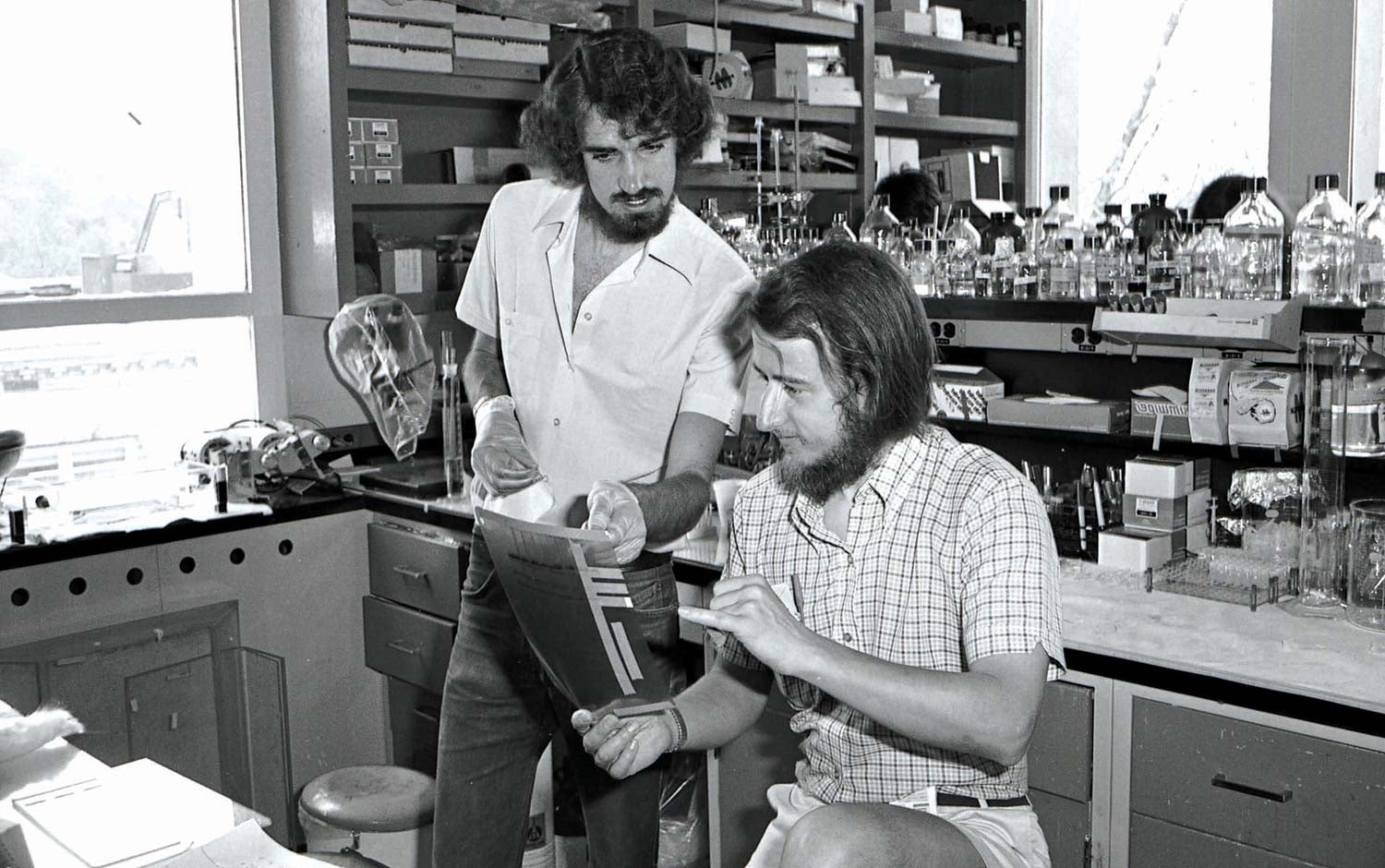
Globalization of science
About a dozen years ago, CSHL started a science conference program in Suzhou, China that parallels the successful meetings program that has existed on our Cold Spring Harbor campus since 1933. These international meetings have been very successful, attracting scientists from many countries to exchange ideas in the biological, agricultural and medical sciences. The focus is mainly on basic science, but issues such as genetically modified food have been discussed at an international level in Suzhou. In 2015, we started a DNA Learning Center for laboratory-based science education for middle and high schools in Suzhou, as part of the international reach of DNA Learning Centers that started 30 years ago in Cold Spring Harbor. Indeed, DNA Learning Centers are now in many countries and in many states of the U.S. About four years ago, we began assisting the teaching of advanced science at a school in Beijing, similar to the programs we have at many high schools on Long Island and in New York City. Part of the purpose of these combined efforts is to expose students, teachers and scientists in China and Asia in general to the culture of the scientific enterprise that has been so successful in the U.S.
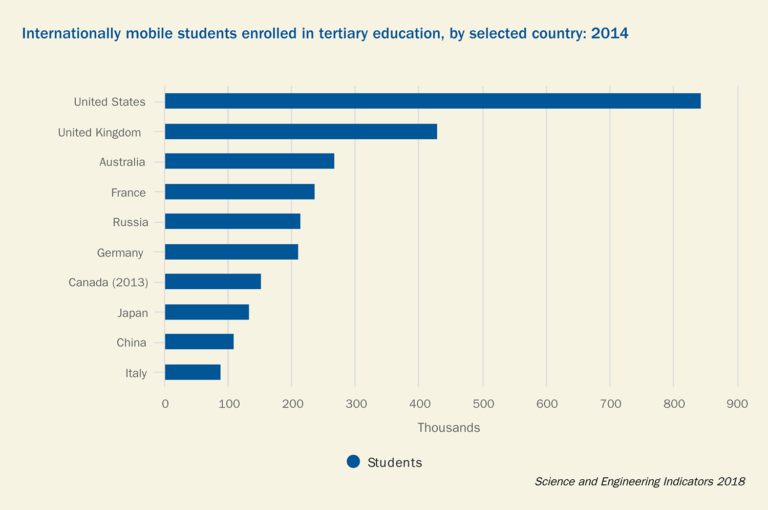 This past year I spent several weeks in China and these trips have allowed me to reflect on its progress and think about the future of both of our nations. As I stressed in several of my talks and discussions in Beijing, Guangzhou, and Suzhou, science is a global enterprise. This means that progress made anywhere in the world will soon spread far and wide. In most aspects of science, there are no borders. What someone learns about human disease or crop yield in China or in the United States will benefit people the world over. There are of course important exceptions, such as science and technology that directly impacts the national security. But in most cases, scientific results are published and made available to everybody rather than kept under wraps. This is a mission that Cold Spring Harbor Laboratory has pursued with remarkable success for over a century, most recently in its innovation of bioRxiv, which has become the preprint server of choice, globally, for researchers in the life sciences.
This past year I spent several weeks in China and these trips have allowed me to reflect on its progress and think about the future of both of our nations. As I stressed in several of my talks and discussions in Beijing, Guangzhou, and Suzhou, science is a global enterprise. This means that progress made anywhere in the world will soon spread far and wide. In most aspects of science, there are no borders. What someone learns about human disease or crop yield in China or in the United States will benefit people the world over. There are of course important exceptions, such as science and technology that directly impacts the national security. But in most cases, scientific results are published and made available to everybody rather than kept under wraps. This is a mission that Cold Spring Harbor Laboratory has pursued with remarkable success for over a century, most recently in its innovation of bioRxiv, which has become the preprint server of choice, globally, for researchers in the life sciences.
China has a population four times ours and one-fifth of the world’s, and it stands to reason that a commensurate portion of the world’s brightest minds are Chinese. Despite the fact, however, that China is annually graduating more than twice the number of new bachelor’s degree holders than either the European Union or the United States, large numbers of Chinese students—many of the best—still want to come to the U.S. to pursue higher education. Even as Chinese R&D spending approaches that of the U.S. in absolute terms—$408 billion vs. $495 billion in 2015—America spends five times more on a per-person basis—$1,532 vs. $292. Opportunities for young scientists in America remain unparalleled. Many Chinese scientists who come choose to stay here because they are recruited by major U.S. research universities. Increasingly, however, others are returning to continue their career in China. If China is to fully participate in the worldwide open exchange of scientific research, both basic and applied, full and open protection of intellectual property should become its national policy. Only then can China begin to fulfill its mission to integrate into the international scientific enterprise and global economy.
Think boldly
Many institutions have tried to figure out why some are more productive than others. To me, it comes down to a small number of factors, beginning with the fostering of a youth culture. We have been able to show that by committing significant resources to the most promising young people—of whatever nationality—we continually reap tremendous benefits in the form of both creativity and productivity. Other factors include: the freedom of faculty to pursue research in any area; stressing basic science as the driver for innovation; creating an environment in which collaboration and interactions are encouraged; and providing a physical environment that supports researchers and their families (good housing, local schools, and child care are all essential).
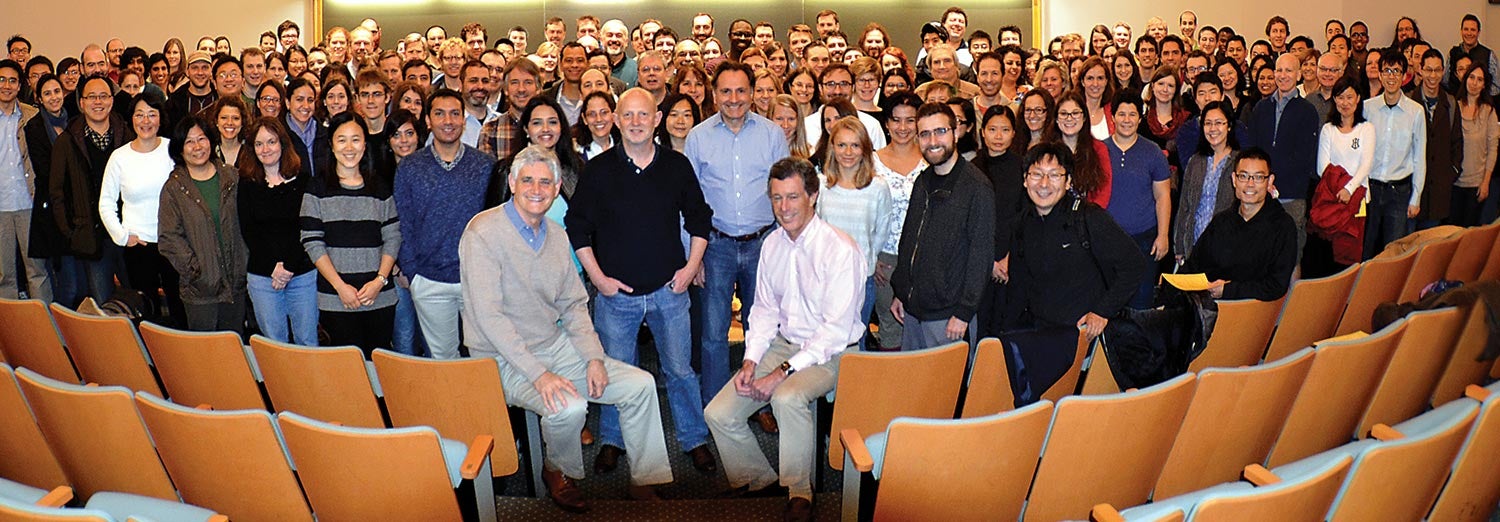
Within the institution, flat administrative organization is also an element of success—having an administration that serves the science, rather than the other way around. It is important, too, to provide a full range of shared scientific resources, so that even the newest faculty member, or the least experienced, has ready access to the most sophisticated (and typically very costly) technology and equipment. Finally, consistency of financial support is vital. A program of original, high-risk, high-reward research can take many years to play out. Those who undertake these risks in the formative years of their career should be comfortable in the knowledge that the institution has their back.
As globalization, ease of international transport, the digital revolution and rising economic activity provide opportunities for other nations to challenge established leaders in science and technology, America must continually reexamine its own role in the world. As we do, I urge above all that we continue to think boldly. It would be a grave error to close ourselves off from the rest of the world or to cease cooperating with rising competitors. The very basis of our strength, as I have argued, is our culture of openness and inclusiveness, and that culture which defines America enterprise, including science, is very difficult to reproduce elsewhere. We should continue to welcome the best minds in the world to work and study here—for our benefit and for the world’s.
— Bruce Stillman, Ph.D.
President and Chief Executive Officer, CSHL
CSHL 2017 ANNUAL REPORT – Executive Summary
About
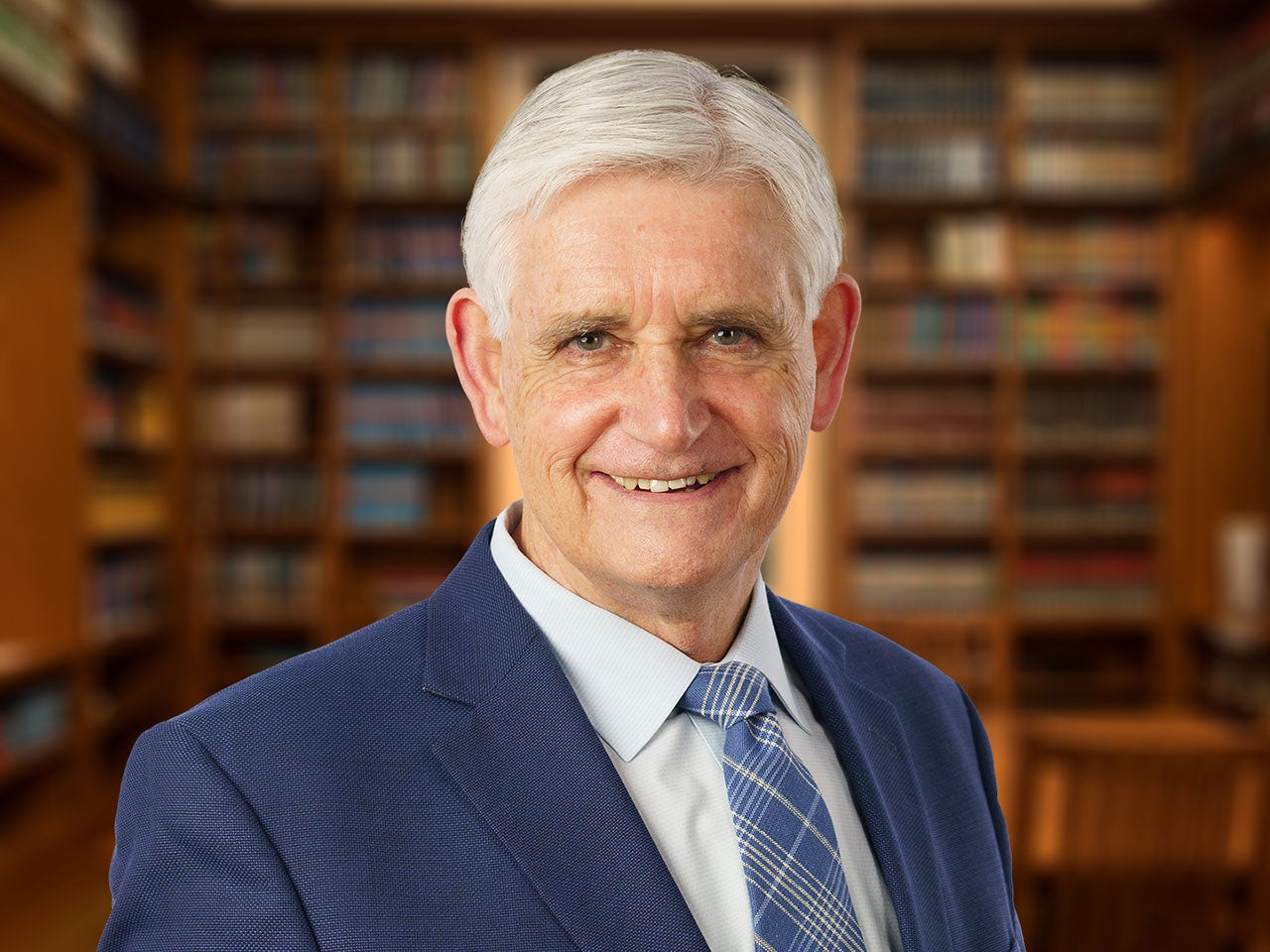
Bruce Stillman
President and Chief Executive Officer
Oliver R. Grace Professor
Cancer Center Member
Ph.D., Australian National University, 1979
